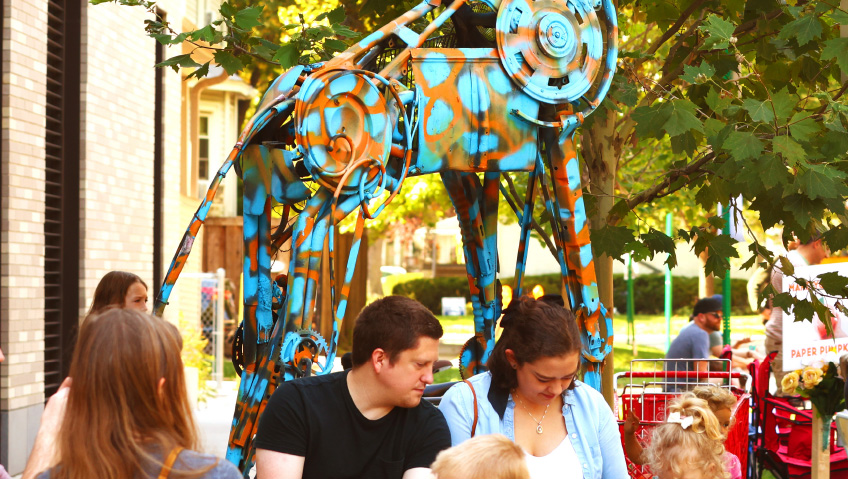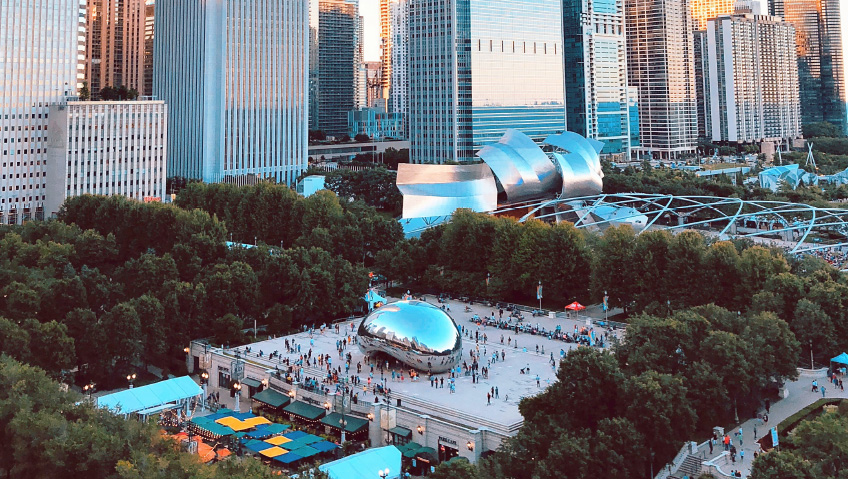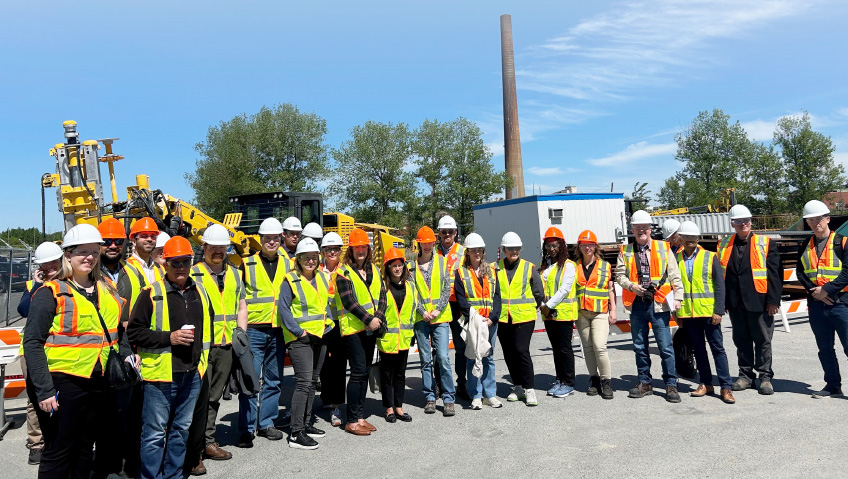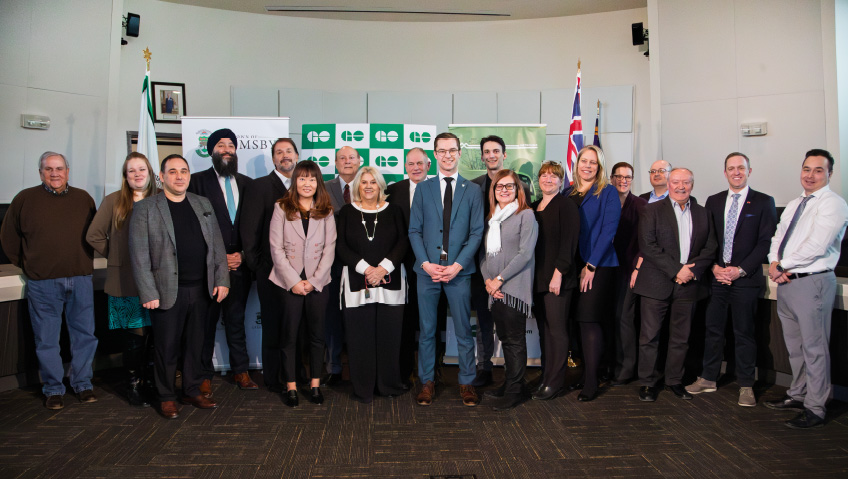In an era marked by rising costs of living, workers and businesses alike are setting forth for greener horizons. Southeast of Fresno, California, a rapidly growing community is gaining strength. The city of Reedley, population just over 26,000 and growing, presents a diverse economy, strong quality of life, and fantastic environmental surroundings, earning it a spot in the Golden State’s strongest rising communities.
Reedley traces its founding to the mid-19th century, when Civil War veteran Thomas Law Reed and his family established a small farming community there. Fueled by recently constructed railroad lines and its own agricultural land value, the town prospered and was formally named in Reed’s memory in 1913. Today, Reedley honors its heritage with its Downtown Historic District, home to vintage restored buildings including a theatre from 1903.
We last spoke with Reedley’s Community Development Director Rob Terry in a very different world back in 2019. Two busy years later, he relates how Reedley has continued its strong, steady expansion throughout the San Joaquin Valley, maintaining an 80 percent rate of developed to annexed land ratio.
The key, he says, is communication. “Not only communication between us, as the local agency,” he says, referring to local government, but communication with all agencies to provide local business support. “That ranges everywhere from the excellent partnership we have with our Chamber [of Commerce], all the way to additional non-profits and community organizations.” By connecting both aspiring and current local businesses to area resources like the local Economic Development Corporation and Employment Opportunity Commission, Terry and his colleagues have created a rich public-private coalition to drive area growth through business development.
A large part of this communication strategy, and its resulting coalition, is the local government’s close collaboration with the Greater Reedley Chamber of Commerce. Terry relates how the Chamber has grown so much it has outgrown its old office, moving into a larger building at the time of this writing. A shining example of this close collaboration is the ongoing “Development Series,” regular meet-and-greets with virtual tours around the community. Upwards of 75 to 125 area business and community leaders are regular attendees, putting faces to names and keeping the community abreast of new developments in land and business.
“To me, it’s so critical to make sure you are getting good information out there to people, and that they know who to ask if they have questions,” Terry says. “That’s been a huge, huge focus for us here, and I think that we’re continuing to see why that’s a positive for this community.”
In his view, the communication offers transparency to Reedley’s citizens, and the resulting support from the population results in a win-win. “I feel that they have a high level of confidence in the various management levels, whether that’s in the Chamber [of Commerce] or here at City Hall,” he says. “They feel like things are headed in the right direction, and they’re proud to be a citizen of Reedley.”
Terry credits Reedley’s close public-private partnership with helping the town overcome the challenges of our time and continue its steady growth. “It used to be that the challenge was finding enough space for your business,” he recalls, but now spacing challenges are compounded with staffing and supply shortages. To adapt, the coalition has been working to either directly provide businesses with the communications and resources they need, or line them up with a third party that can.
At City Hall, Terry and others in local government are making sure development is still affordable for all. “We’re doing everything we can to ensure that our fees are realistic,” he says. An upcoming municipal code update will provide a complete overhaul of business development incentives and practices, particularly in land use and housing, and will link as many items as possible to business development. “This will allow flexibility in the ever-evolving and changing world that we’re seeing,” Terry says, “where activities that may not have been accessible or readily utilized over the last few years are going to be possible, in particular for a lot of small and start-up businesses.”
Part of this strategy of flexibility has come with the expansion of Reedley’s Development Fee Incentive Reduction Program, which has now been expanded to include not just the historic downtown area but the entire town. Reducing development fees by 25 percent across town and 50 percent downtown has spurred growth dramatically. “It’s been extremely well-received by the development community, as can be seen by the amount of permits that we’re putting out all across the board,” Terry says. “Residential, commercial, industrial—we’re seeing all of it really cooking along.”
True to Reedley’s strategy of communication, the fees are updated every five years to make sure they remain reasonable and competitive, taking into account macroeconomic shifts as well as changes in neighboring communities. Part of the review process is also to analyze the program’s effectiveness. “The answers that are coming in thus far are ‘absolutely yes,’” Terry shares, elaborating that the plan now is to roll such incentives into impact fees moving forward. “Instead of just having it as a standalone program, we’re taking that into account and rolling it into our actual fee structure in perpetuity.”
The results of this partnership continue to bear fruit, as Reedley enjoys a steady and sustainable growth rate as laid out in its 2030 plan, first enacted back in 2014. New housing developments, for both workers and students, will provide the infrastructure to support the town’s expanding population. Over 100 residential units have recently been completed, with 200+ currently under construction, and another 800+ in various stages of review or approval, with larger mixed-use buildings dominating the trend. Terry remarks how this reflects Reedley’s continuing efforts to keep abreast of national building trends: “The market has clearly shown that higher-density types of products, in addition to your traditional 6-7,000 foot lot, are desired, and there’s certainly a market for that.”
Commercial development is also building up steam, thanks to this larger residential base. Over 100,000 square feet are in the development pipeline, with hospitality and retail leading the charge. But in addition to small businesses, Terry says regionally and nationally recognized companies are coming to town. “We’re finally at that population point now where we are meeting the metrics for a lot of these national brands,” he says. “They’re having conversations with us, and we’re moving forward actively with multiple applicants right now.”
Reedley is also investing heavily in both its regional airport and the space surrounding it, looking to create a new commercial space to bring both residents and businesses to the area. One of the objectives of Reedley’s development strategy is to bring in-fill land closer to the airport, which is currently over a mile outside of the town proper. “I think we will see that in the next couple of years, and I think that’s going to have a huge impact on our economy and on the look and feel of our community here.”
The end result intends to be a source not only of growth but workforce development. After numerous COVID-related delays, a partnership between the airport, Reedley College, Reedley Middle College High School and the local Kings Canyon Unified School District aims to create one of the largest aeronautics programs in the state. “[It] will allow students right here in Reedley to get the full certification for [Aeronautical Mechanical Engineering] needed for them to work anywhere,” Terry says. Certificates could propel graduates to jobs at NASA and beyond, as the private space industry continues to grow. “There are some great items that are getting ready to take off there,” he remarks, pun fully intended!
Yet as Reedley continues to expand, Terry and his colleagues must work to balance growth versus identity—keeping the city growing while not losing its unique charm. Once again, he returns to the strategy of inclusive communication; with such a wide spectrum of businesses and stakeholder groups in Reedley, a seat for everyone at the table is vital.
“It’s making sure we are including and communicating with those key businesses and those key residents that play such a big part in establishing and maintaining those characteristics that made and keep the community so great,” he says.
This inclusion ensures stakeholders not only stay active in their community, but feel more valued. “Then, they’re part of any change that is happening, and it ends up being embraced to a degree that you don’t see if they are excluded.” It’s never 100 percent successful, he concedes, but has strong benefits. “If you’re making those decisions together and you’re acknowledging the good, the bad and the ugly together, openly and honestly, and showing people the proper respect, you end up getting to a place that is better.”
With such leadership in both its private and public sectors, Reedley is poised to continue strong growth trends in residential, commercial and industrial development. Terry says all decisions come from the heart. “Anything that we’re doing right now is working to be mindful of the quality of life that is present here, and that is the reason people are here.” With a diverse leadership team providing solid planning, Reedley’s consistent growth is sure to continue.






